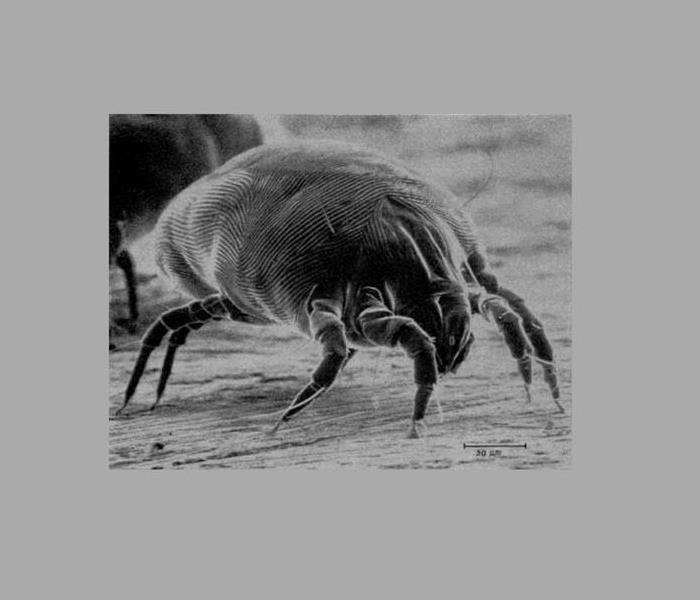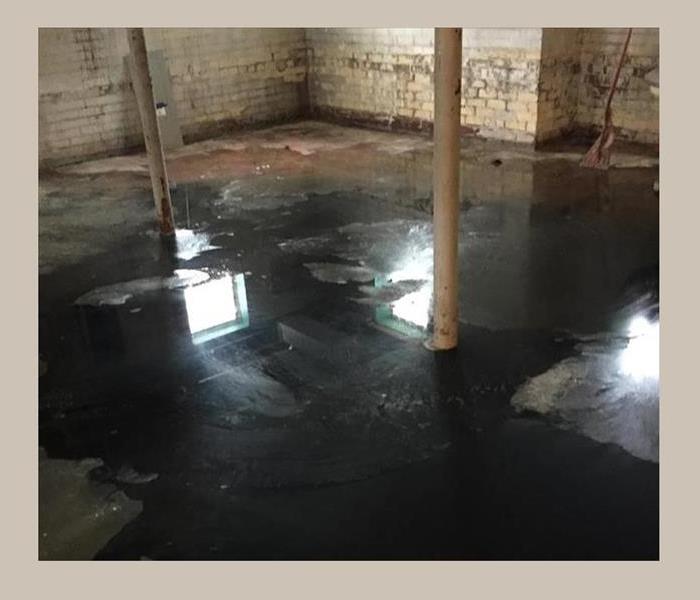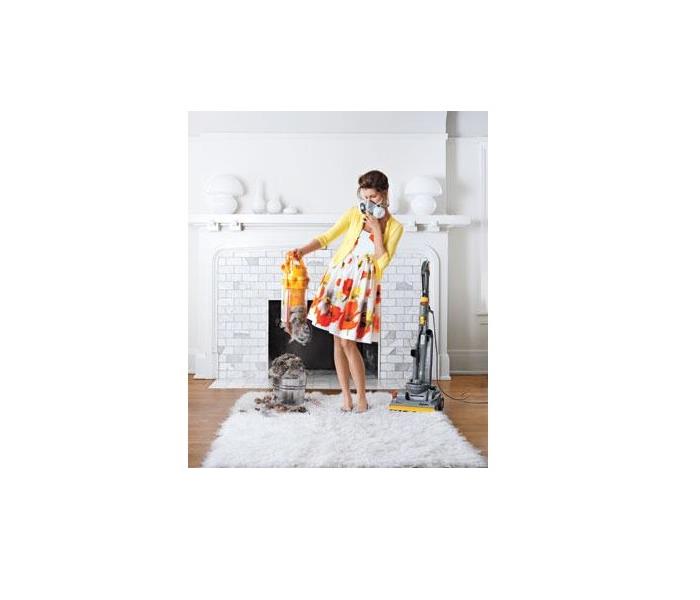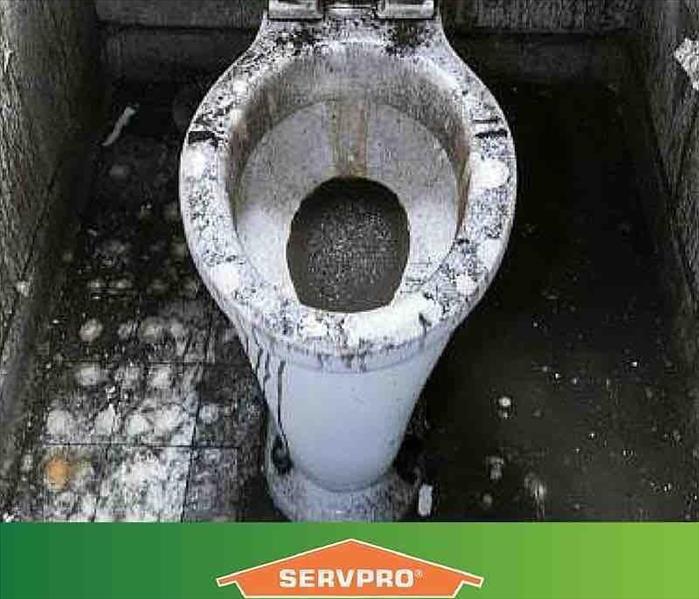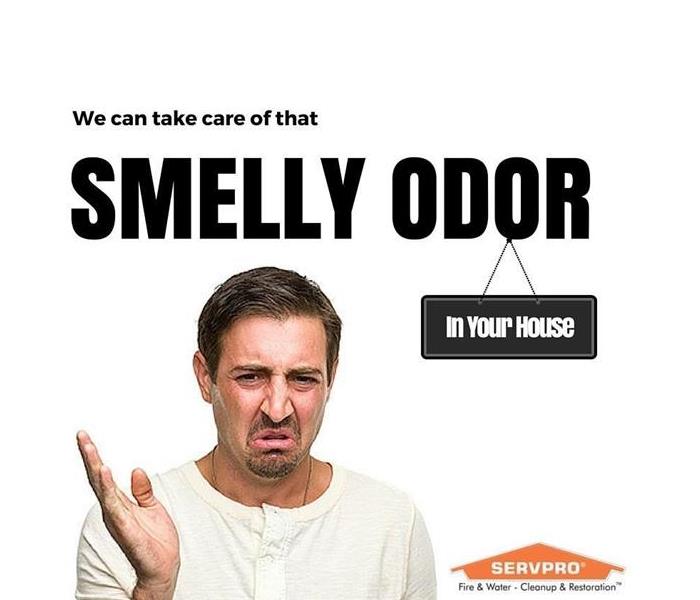Indoor Pests: Dust Mites & How To Deal With Them
5/18/2016 (Permalink)
Get to know this pesky pest and learn how you can have a healthier home.
You may not know it but chances are your home is filled with dust mites. Dust mites are small, microscopic creatures that live inside our homes and can be the source of allergies for some people. Although you cannot see them with the naked eye, they are literally everywhere: it is estimated that 80% of household dust is comprised of dust mites (alive or dead) and their waste. For many people dust mites are quite harmless. But for some people with allergies or asthma, dust mites (technically their feces) can make symptoms worse, especially when sleeping. Here are some facts about dust mites and how to keep them under control in your home.
Facts about dust mites
Dust mites have eight legs and are part of the arthropod family. They prefer warm temperatures (ideally 68-77 degrees Fahrenheit) and slightly humid conditions (ideally 70-80 percent). Dust mites primarily feed off of the dead flakes of skin that humans shed every day and can create up to 20 droppings (feces) per mite per day. Skin flakes can be found everywhere in our homes like our beds, carpeting, furniture and our ventilation system. According to the Asthma and Allergy Foundation of America (AAFA), a human sheds about 1.5 grams of skin a day, enough to fees one million dust mites. Children, those suffering from respiratory issues, people suffering from eczema, asthma or allergies can be more prone to the negative effects of dust mites. Even dogs and cats can suffer!
Managing the dust mite problem in your home
It’s nearly impossible to completely rid your home of dust mites, and many, if not most, homes have them. But there are ways to combat and control the situation.
Be rigorous in your cleaning and vacuuming; dust and clean regularly and thoroughly
Reduce humidity levels to about 50% to discourage dust mite population
Treat affected areas with an anti-dust mite application
Studies have shown that more skin is shed in the bedrooms of your home. Combine this food source with the amount of sweat and fluids left in the mattress while you sleep and you could have the perfect conditions for a dust mite population in your mattress. So if you were to pick one room in your home to attack, start with the bedroom and more specifically, start with your mattress. If you have severe dust mite allergies consider wearing a mask while doing the below tasks as moving the dust around can exacerbate allergies. Here are some ways you can help keep dust mites under control:
Anti-dust mite formulas: Also known as a miticide or acaricides (a pesticide that kills members of the arachnid subclass Acari, which includes ticks and mites). Some acaricides are toxic to humans, like the synthetic benzylbenzoate and tannic acid, and caution is advised. The use of non-toxic, plant-based acaricides has been studied and one study in particular showed that the essential oil of clove was as effective at killing mites as benzylbenzoate. These miticides are usually sprayed on surfaces (like mattresses or upholstery); be sure to fully read the directions before application.
Beds and bed linens: It is recommended to wash your bed linens once a week in hot water (at least 130 degrees Fahrenheit) to kill any dust mites. While the sheets are off the bed, spray the mattress with a dust mite spray. After, use the upholstery attachment to your vacuum cleaner to clean up the mattress. Pillows that cannot be washed can be placed in the freezer for an hour. Purchase mattress and pillow covers designed to prohibit dust mites from entering and settling inside (they should have a thread count of 246 per square inch and a pore size of between 2-10 microns). You may also want to look into alternate mattress and pillow protectors. A Belgium-based company have tested and devised a mattress pad that utilizes microcapsules that release probiotics. These probiotics feed on the feces of the dust mite, essentially removing the allergens.
Flooring: Although carpeting makes our home cozy, it can be a huge source of allergens for some people. Regularly vacuuming the carpeting and rugs with a HEPA filter-type vacuum will help control indoor allergens like pet dander, pollen dirt and dust mites. Wear a mask while vacuuming if bothered by dust. Hard flooring doesn’t allow dust mites to penetrate under the surface, however dust, pollen and lint can easily float up from the surface and into the air (compared with carpeting that can hold on to debris). The key to keeping dust mites in control is to regularly clean all flooring surfaces.
Furniture: Like your carpeting, vacuuming your upholstered furniture and removing dust and debris will help make your indoor air quality better. The AAFA reminds us that dust mites can settle deep into cushions so you will most likely not be able to remove them completely. Regularly dusting wood or other solid surfaces with a wet microfiber cloth is the best way to trap dust in the cloth and not just spread dust around.
Dust mites and indoor air quality
People can have reactions, like an allergic reaction, to the bodies of dust mites but also their waste. Sneezing, stuffy nose, itchy eyes and post nasal drip can all be symptoms of a dust mite allergy. As these dust mite bodies are lightweight, they can easily be disturbed while vacuuming or moving furniture around. Becoming airborne means they can easily travel throughout the home, including the ventilation system.
Why you need to be concerned about indoor air quality
Allergies and asthma can all be triggered by poor indoor air quality like dust mites, pollen, and other issues like pet dander. In America, 22.9 million people are affected by asthma and 6.8 million of these are children. Each year over 2 million people end up in the emergency room due to an asthma attack. It is known that asthma attacks can be triggered by waste from dust mites, cockroaches or other pests as well as environmental triggers like pollution and smoking.
Dust mites contribute to an unhealthy environment, just like lead paint, mold, mice droppings, cockroaches, carbon monoxide, and other toxic or biological factors. Knowing how to address these unhealthy issues, like indoor air quality, is incredibly important.
By Anne Reagan published 5/17/16 in porch.com






 24/7 Emergency Service
24/7 Emergency Service
